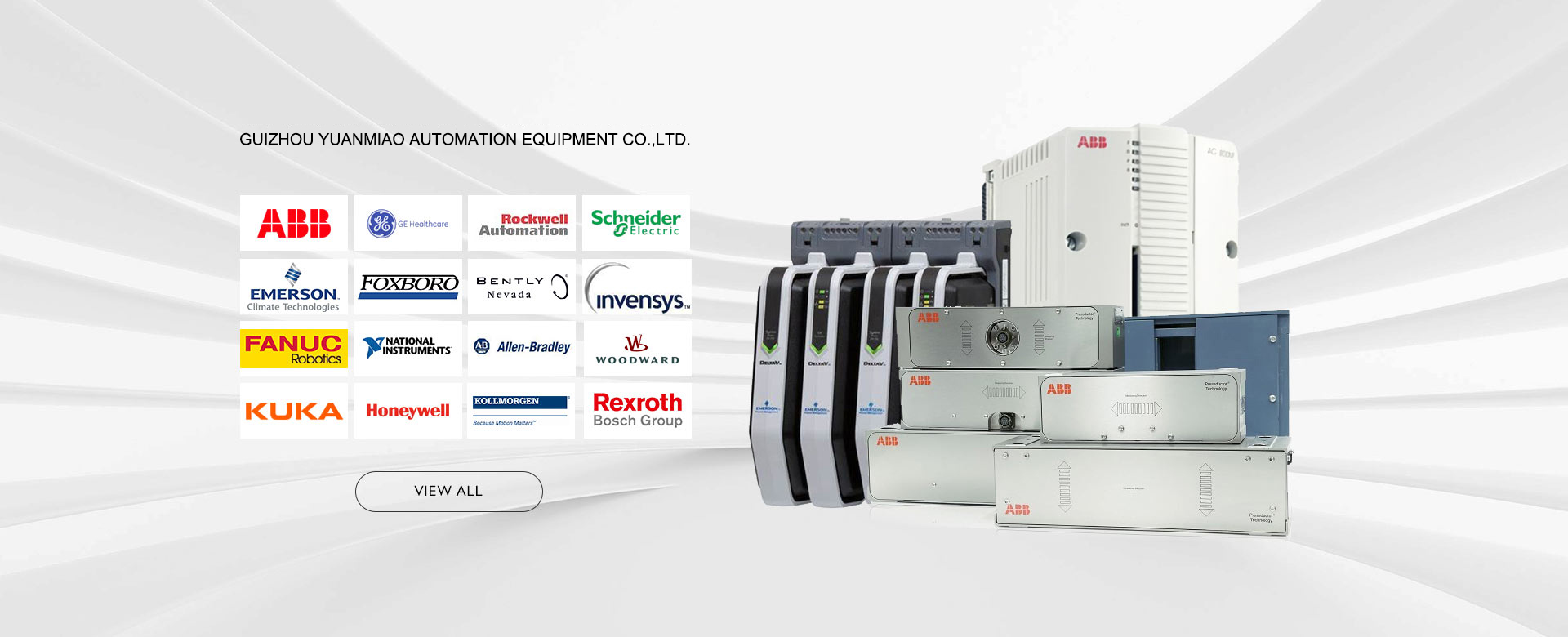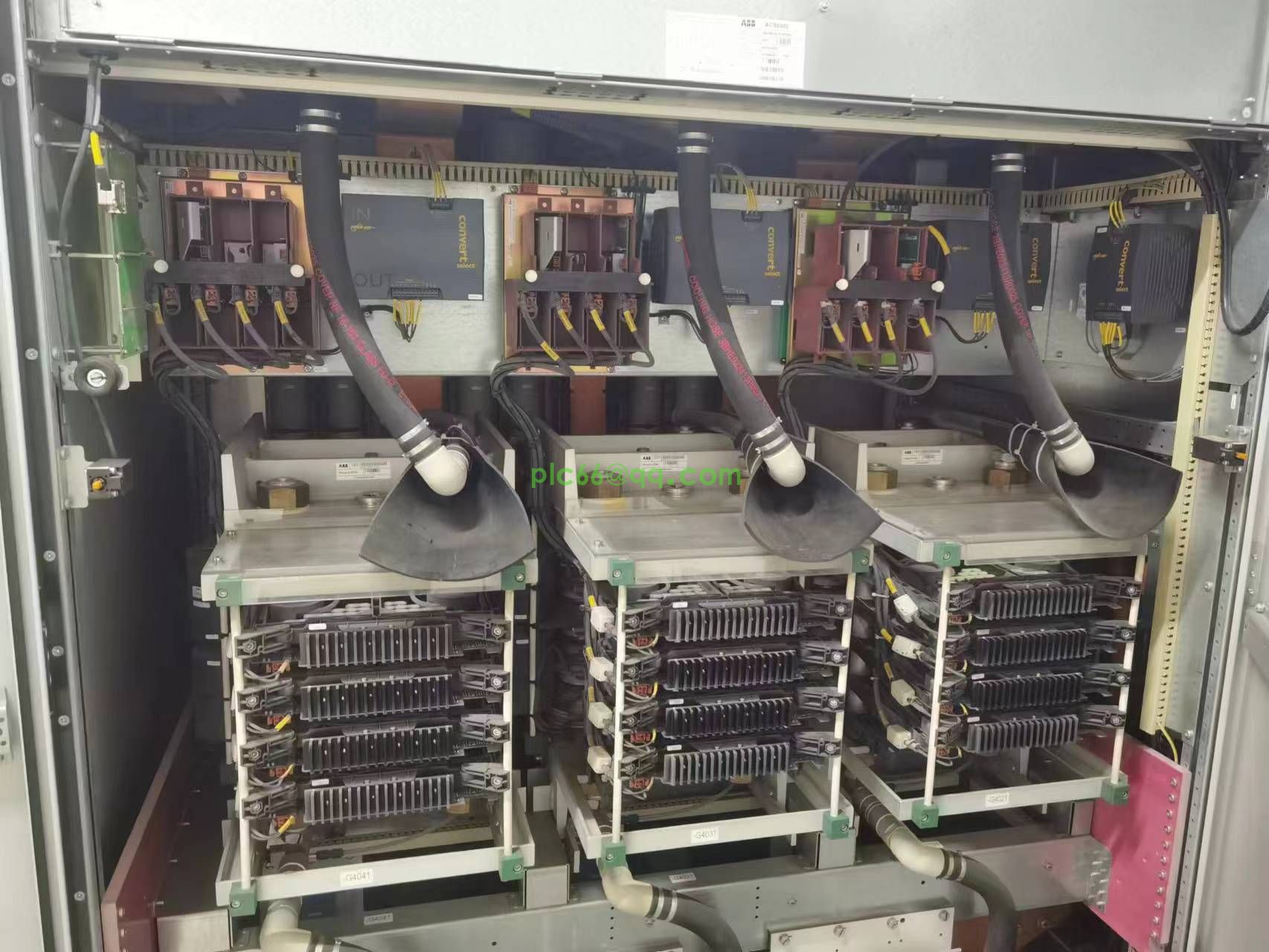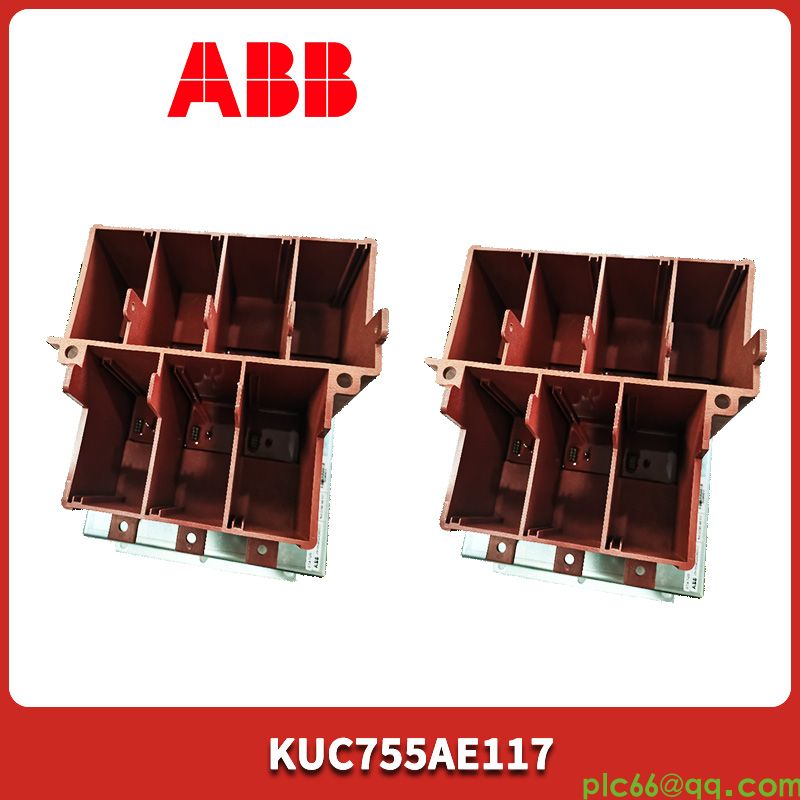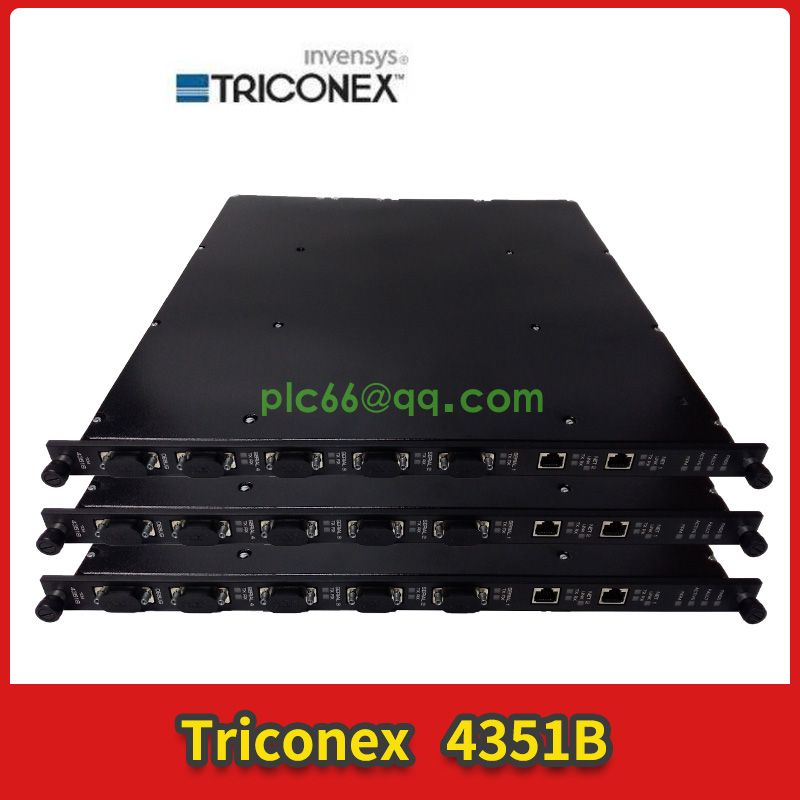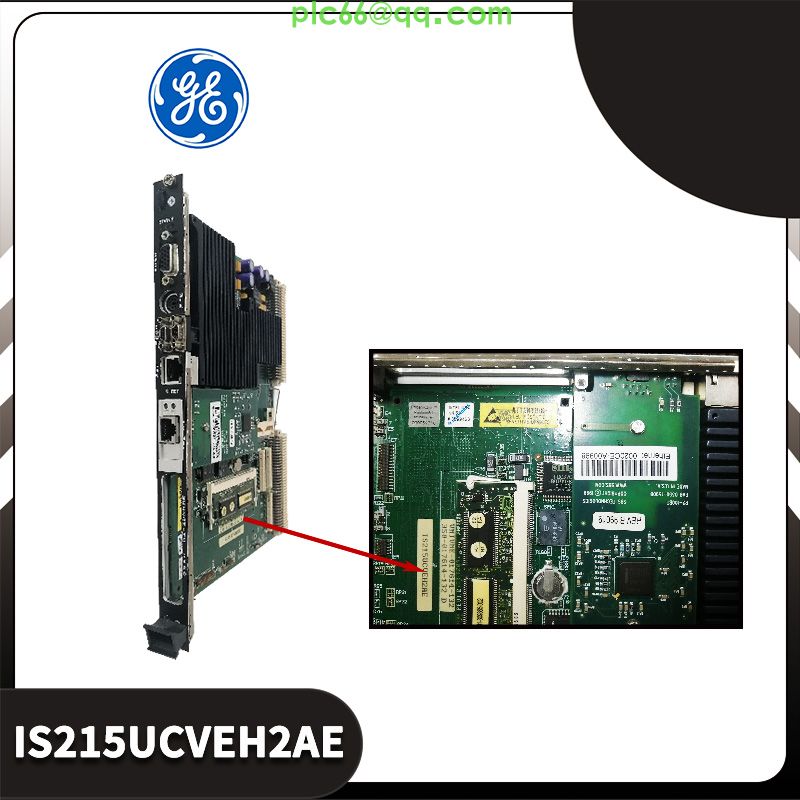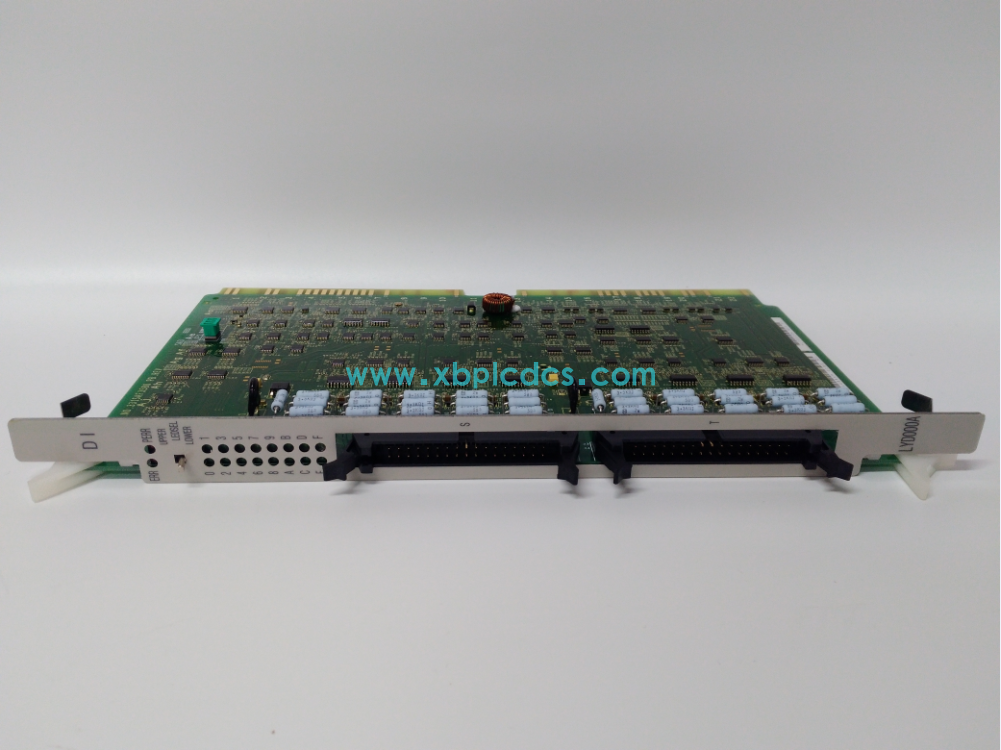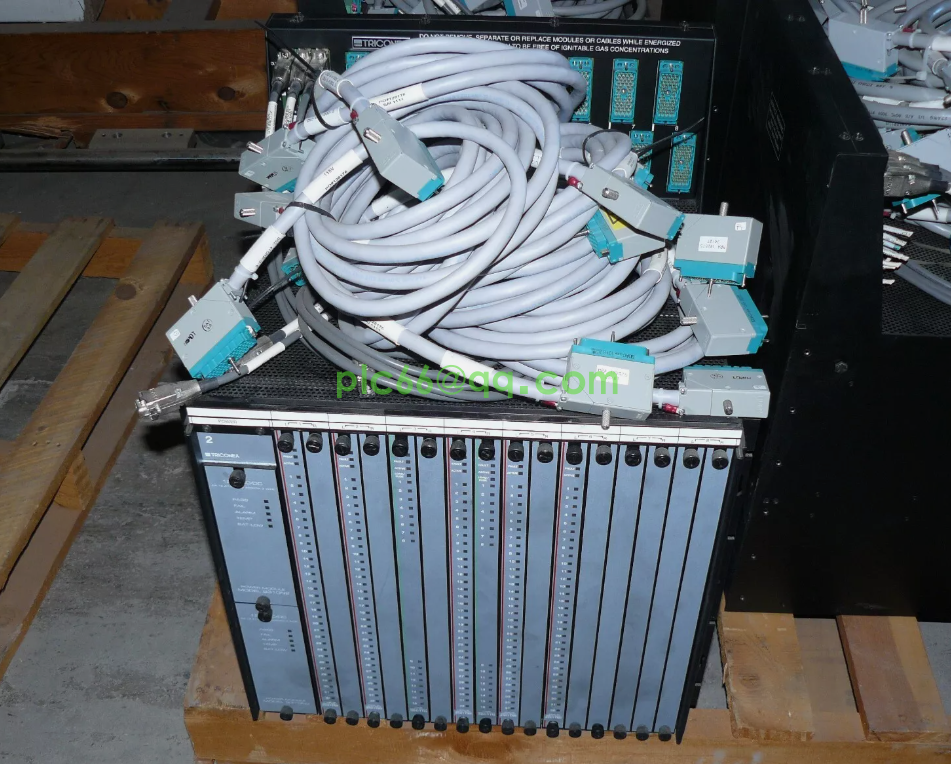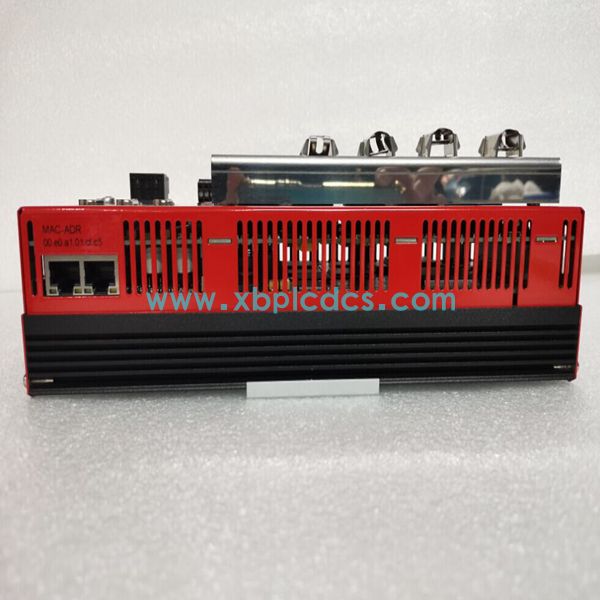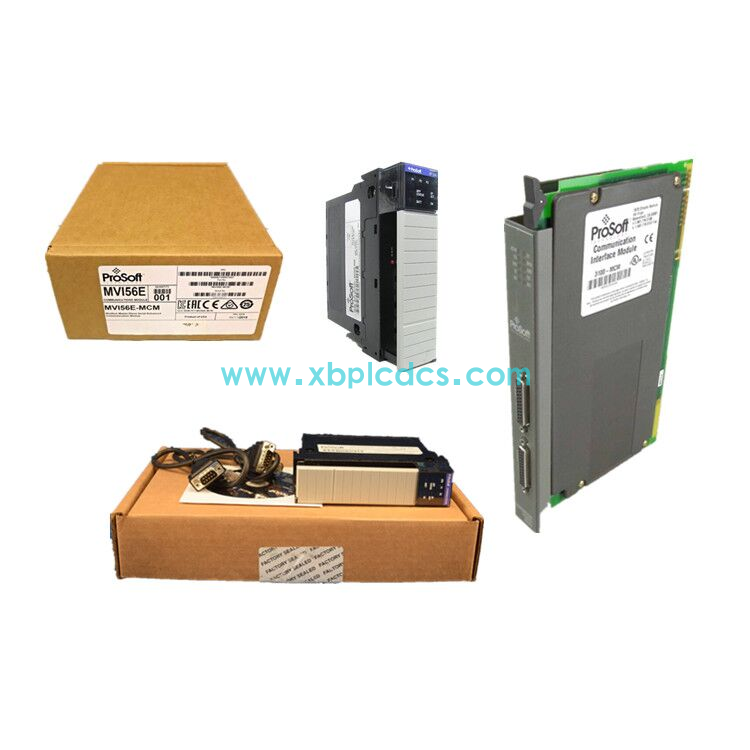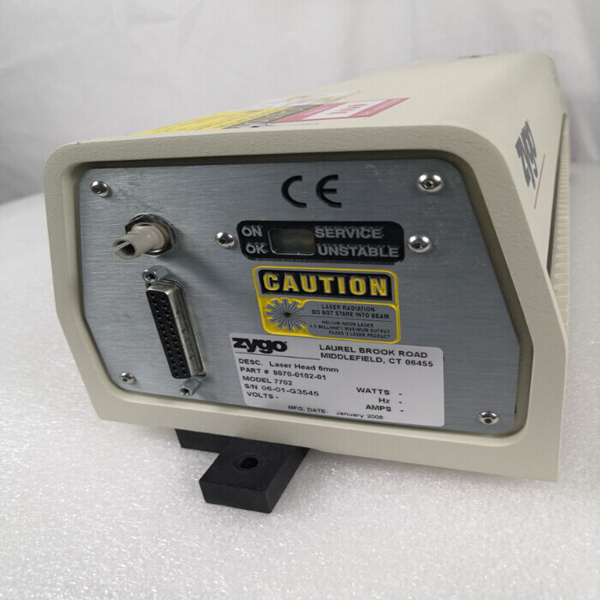Featured
Contact Us
Contact: YMGK Industrial Control
Phone: +86 18059884790
E-mail: plc66@qq.com
Add: whatsapp+86 18059884790
- Warehouse: Spot
- Warranty: 365 days
- Quality: Original module
- Condition: New / Used
- Shipping method: Courier delivery
- Contact person: Linda
- Contact number: +86 18059884790
- WeChat:18059884790
- E-mail: plc66@qq.com
LCE250B HITACHI controller module
System structure and configuration
Rockwell's communication network is divided into information layer, control layer and equipment layer. The information layer uses Ethernet for data acquisition and program maintenance in the whole factory. Control layer application control network, DH+, DH485, remote I/O network; At the device layer, DeviceNet network is used for low cost and high efficiency information integration of underlying devices.
Rockwell adopts the control network based on the producer/customer mode of communication technology, that is, the transmission of time-critical control information can also be transmitted at the same time other information, but the time-free information will not affect the transmission of time-critical information.
The control network has the following characteristics:
Continuity;
Transfer the scan asynchronously with the trapezoidal logic program;
The transmission rate is equal to or faster than the communication rate set by the user in the I/O map table, which fully guarantees the accurate, reliable and fast transmission, transmission, receiving and processing of the data in the control network.
The control system of assembly shop is a field bus control system based on DeviceNet network. The control system consists of a central control cabinet and four remote control cabinets, and is connected with the upper computer and the Ethernet of the enterprise. The lowest layer of the system is the equipment control layer, which mainly realizes the on-site control and monitoring of the production equipment. The control network mainly completes the on-line monitoring of the whole workshop production line through the upper computer and sends the control instructions to the equipment control layer. The top layer is the EtherNet network, which connects to the enterprise resource management (ERP) system of the company through the EtherNet network, and provides the production data of the entire workshop to the ERP system.
1. Central control room
The central control room adopts RSView32 configuration software. RSView32 is a highly integrated, component-based human-machine interface monitoring software for monitoring and controlling automation equipment and processes. It extends the user's vision through open technology and is highly compatible with other Rockwell software products, Microsoft products, and third-party applications. In addition to the capabilities of high-quality HMI monitoring software, RSView32 provides a unique suite of tools to maximize productivity.
The central control room undertakes data management, workshop data collection, alarm, trend, data recording and Chinese report, etc. The operator workstation is set in the central control room. The operator understands the production operation of the whole workshop in detail through the operation terminal, and commands the production of the whole workshop through the operation control command, so as to realize the automatic control of the workshop.
The central control room mainly realizes the following functions:
(1) Control operation: carry out online real-time control of the controlled equipment of the whole system in the central control room.
(2) Display function: use graphics to display real-time operating conditions of the controlled equipment in each PLC station; Dynamic display of the production line process flow chart, and can choose to pop up the multilevel detail detail on the flow chart; Dynamic display of various signal values and range list.
(3) Data management: establish production database, operation information database and fault information database.
(4) Data processing: Using real-time data and historical data to calculate the main production indicators.
(5) Alarm function: when the assembly line fails, the workers press the call switch and the emergency stop switch, the assembly line stops running, and the fault information is input into the alarm table, the screen displays the alarm information, the printer outputs the alarm information, the sound and light alarm, and the corresponding dynamic screen can be launched according to the alarm information.
(6) Report function: including instant report, daily report, monthly report, annual report.
(7) Security function: encrypt according to different operation levels, and record the operator's employee number and all operation information.
(8) Printing function: It can realize the real-time printing of reports and graphics as well as various events and alarms.
2, two-way street plate conveyor system
The final assembly workshop has two sets of double-lane plate conveyor systems. The system is composed of four column fork hoist, booster, rotary lift platform, transmitter and proximity switch, and each system is composed of two flat conveyor lines. Parallel rotation operation is a very complex control technology, which is in the leading position in China. The transmission line can greatly reduce the labor intensity of workers and improve production efficiency. Therefore, the control system technology requirements are relatively high, the difficulty is also relatively large. It is very difficult to control and debug the equipment. All parts of the control system are required to cooperate closely with each other, and no errors can occur. This is the difficulty and key point in the control.
A signal is taken from the control system of the four-post fork hoist, which is used to control the close connection between the spreader from the wide push rod stove-down suspension conveyor chain to the double-way plate conveyor or from the double-way plate conveyor to the wide push rod stove-down suspension conveyor chain, so as to eliminate the occurrence of errors and failures. At the same time, there is an automatic/manual switching box on site to prevent emergencies in the production process.
3. Model spreader identification system
At the paint car body material point, the operator will input the current sprig number and car information into the input computer, and then transmitted to the PLC through Ethernet for stack storage. Input computer the car information through the identification system write head into the load code body, through the Ethernet will be the spreader number and car information transmitted to the supreme machine, and in the input computer storage, when the input is completed to send signals to PLC.
The upper computer makes the screen and parameters corresponding to the conveyor line, and displays it through the pointer given by PLC and the information given by the input computer, and compares it with the stack information given by PLC. The upper computer controls the switch and stopper in and out of the warehouse according to the information and requirements. When the upper computer fails, the operator adopts manual control operation. After the upper computer is normal, the stack information is retrieved from the PLC to restore the display.
The reader head of the identification system at the entrance of the inventory reads the code body information and transmits it to the upper computer through Ethernet. The upper computer controls the switch and stop in the storage area according to the information of the inventory and the vehicle. When the upper computer fails, the operator controls the operation manually. After the upper computer is normal, the stack information is retrieved from the PLC to restore the display.
At the outlet of the reservoir, the upper computer controls the stopper through Ethernet according to the plan and the information of the reservoir area. When the upper computer fails, the operator controls the operation manually.
At the entrance of the vehicle hoist, the upper computer reads the information of the carrier code body according to the reader head of the identification system and transmits it to the upper computer through Ethernet. Then the upper computer controls the switch and the stopper according to the information of the vehicle. When the upper computer fails, the operator controls the operation manually.
The reader head of the recognition system is set at one station (ST48) before the assembly of the catch-chain vehicle down hoist, and a display computer and a printer are set at the on-line of the on-site instrument panel. When the car passes through the ST48 station, the reading head will read the load body information and display it in the computer.
After the engine is on line, a message is sent through Ethernet, and the computer automatically eliminates it. The computer can display the information of the three vehicles in turn, and can print the output and parameters of the day.
4. Spreader storage area
Hoist storage in assembly workshop is divided into empty hoist storage area and painted body hoist storage area. The storage area of the painted body spanners is composed of nine wide push-rod stacking suspension conveying chain system, which is used to store the spanners of different car types and different colors of the same car types.
The control system needs to distinguish the type of spreader, identify the type of spreader when it enters the storage area and when it moves out of the storage area, and compare it with the information already entered. A decision is then made as to which suspension line storage area the spreader should go into, or which spreader should go out of the suspension line storage area.
There is a bad spreader identification and maintenance area in front of the empty spreader storage area. Send the spreader in need of maintenance to the maintenance area for maintenance, and the normal empty spreader into the storage area.
Iii. Concluding Remarks
The characteristics of the control system in the assembly workshop are also the difficulties of the control, which are mainly reflected in the following two aspects: first, to ensure the safety of the equipment operation, any minor failure in the production process may lead to major safety accidents and huge economic losses; Second, the complex chain relationship of the control system, from the lifting tool carrying the paint body online to the finished car off the line, including the connection between the process chain and the fast chain, requires the close coordination of all links of the equipment, without the slightest error.
The control system of the assembly workshop has a high degree of automation, a large amount of data collection and a large number of control stations, so the reliability of the system is required to be higher. Through the use of Rockwell products and technology, the system basically meets the design requirements, the operation effect is good, the operation is stable, reliable, flexible to achieve complex interlocking tasks, with a high level of electromechanical integration. At the same time, the system design is reasonable, safe and reliable, reduce the labor intensity of workers, reduce the failure rate of equipment operation, improve the production efficiency.
www.xbplcdcs.com


